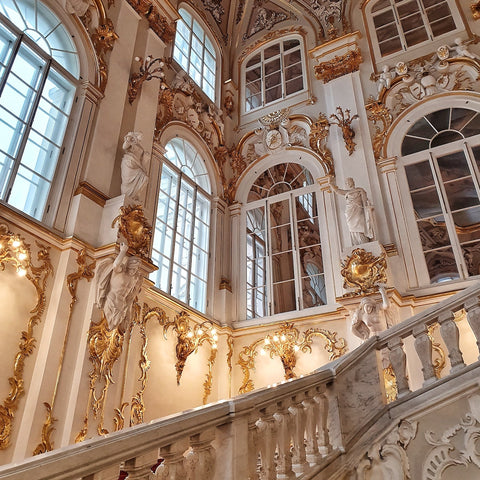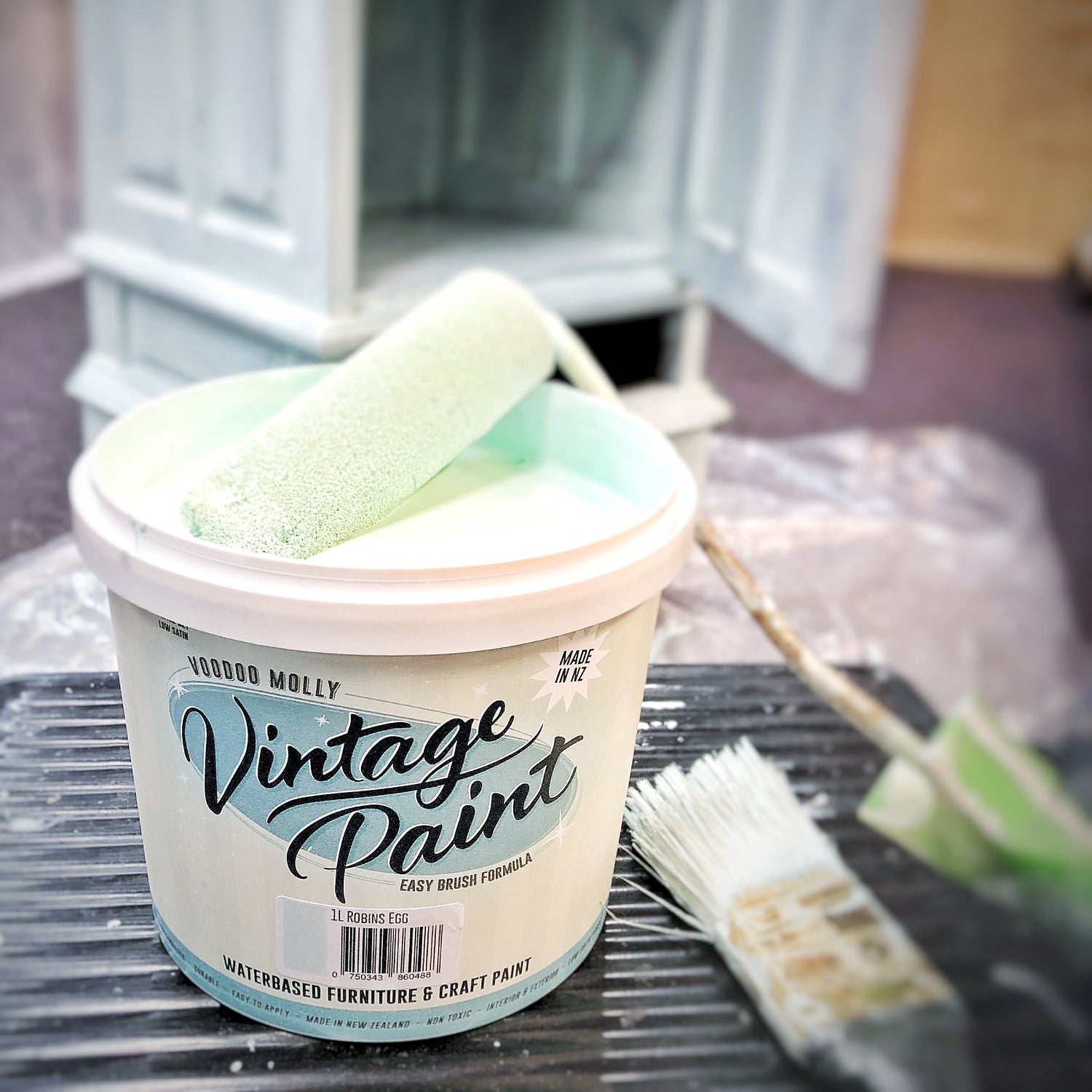In the world of art and craftsmanship, few materials have captured human fascination quite like gold. Its radiant glow, symbolizing wealth and excellence, has adorned treasures throughout history. One of the most captivating techniques for using gold is gold leaf gilding, a practice that dates back thousands of years. Let's embark on a journey through time to explore the fascinating history of gold leaf gilding.
Ancient Origins: A Gilded Beginning The story of gold leaf gilding begins in the ancient civilizations of Egypt and Mesopotamia around 2500 BCE. These resourceful artisans developed methods to hammer gold into incredibly thin sheets, a mere few millionths of an inch thick. These delicate sheets, known as gold leaf, were then applied to objects to create a stunning and shimmering effect. The Egyptians, in particular, adorned their tombs and statues with gold leaf, believing that it would guide the souls of the departed to the afterlife.
Gilded Splendor in Antiquity As time passed, the practice of gold leaf gilding spread across cultures and continents. The Greeks and Romans embraced this technique, adorning statues, jewelry, and even architectural elements with gold leaf. Temples and palaces shone brilliantly in the sunlight, reflecting the grandeur of the civilizations that constructed them. This opulent use of gold leaf continued through the Byzantine era, where intricate mosaics adorned with gold leaf illuminated churches and cathedrals.
Medieval Marvels: Illuminated Manuscripts and Religious Icons During the medieval period, gold leaf gilding found new avenues for expression. The intricate art of illuminating manuscripts involved embellishing pages with gold leaf to create richly adorned texts. Religious icons and altarpieces also received the gilded treatment, symbolizing divine radiance and creating a sense of awe and reverence among the faithful.

Renaissance Brilliance: A Flourishing Technique The Renaissance era marked a golden age for gold leaf gilding. This period saw the flourishing of the technique in various forms of art and architecture. Paintings were adorned with gold leaf accents, enhancing the vividness of colors and adding a touch of luxury. Ornate frames around artwork became works of art themselves, meticulously gilded to complement the masterpieces they surrounded.
Modern Revival and Contemporary Creativity Gold leaf gilding experienced a revival in the 19th and 20th centuries, as artists and craftsmen sought to revive the age-old technique in new and innovative ways. Today, gold leaf gilding remains a popular choice in art, interior design, and even gastronomy. From gilded desserts to intricately embellished furniture, gold leaf continues to captivate with its timeless allure.
The Magic of Gold Leaf Gilding The enduring appeal of gold leaf gilding lies in its ability to transform ordinary objects into extraordinary works of art. Its shimmering elegance has adorned tombs, cathedrals, manuscripts, and masterpieces, leaving an indelible mark on the history of human creativity. From ancient rituals to modern design, the art of gilding with gold leaf reminds us of the enduring beauty of this precious metal and its ability to shine through the ages.
In conclusion, the history of gold leaf gilding is a tale of artistic innovation, cultural significance, and the timeless allure of gold itself. From its humble beginnings in ancient civilizations to its prominence in art and design today, gold leaf gilding continues to enchant and inspire, proving that some things truly are as good as gold.


